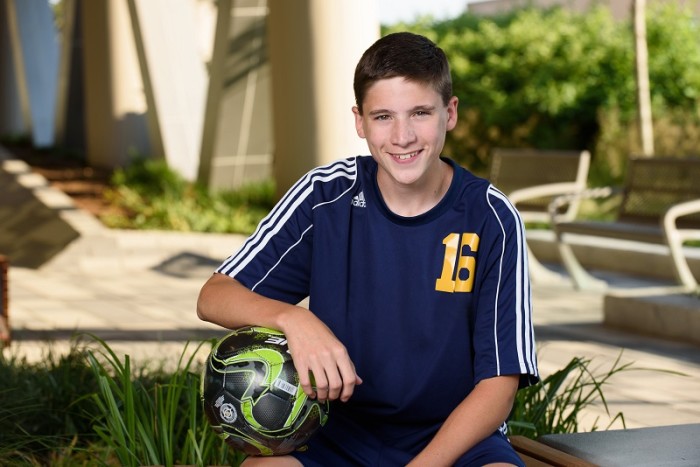
Youth sports provide tremendous social, emotional and physical benefits for children throughout their lifetime; they also come with the risk of sports-related injuries. Children’s bodies are still developing which puts them at an increased risk of musculoskeletal injuries. The most common injuries seen in children include traumatic injuries (sprains, strains, tears, fractures, dislocations, etc.) and overuse injuries (injuries that get progressively worse from a repeated movement and can worsen over time if not treated). There are several things that can help prevent and treat these types of injuries. Below is an overview from sports injury core group physical therapist Jenna Saunders.

Sports injury prevention
The American Academy of Pediatrics has some important injury prevention tips that can help parents promote a safe and optimal sports experience for their child and teammates. If your child participates in youth sports or physical activities like dance, be sure they follow these recommendations when they practice, play or perform:
What to do when an injury occurs
When injuries do occur it is important to seek proper medical attention from a health care provider who has experience and understands the demanding nature of the sports on a child’s body. If someone notices a change in an athlete’s movements, such as running with a limp or favoring one side of their body, they should pull the athlete out of play or out of a performance. Seeking early and thorough assessment from a health care provider may prevent further injury and pain.
When to see a doctor
Seek professional help for these sports injury warning signs:
.jpg)
When and how to treat at home
If your child does not have any of the severe symptoms listed above, but is experiencing pain after play, below are some treatment options to try at home. Using this “RICE” method can help relieve pain, reduce inflammation, promote movement and speed healing. During the first 48 hours after an injury it is best to provide:
Again, if pain or other symptoms worsen or do not resolve, it is best to check with a health care provider.
Rehabilitation and recovery
Rest is important but getting moving as pain subsides will get your athlete back on the field faster. Gradually increase weight bearing, movement and strengthening until your athlete is back at his or her prior level. If your child’s pain persists, working with a pediatric physical or occupational therapist to create a rehabilitation plan to help them get moving again can help.
Getting back in the game and preventing injuries
Sports physicals help determine if a child is healthy enough to participate in a particular activity and are tailored to increase the safety of sports participation.
In the event that an injury does occur, our staff provides individualized therapy evaluations and treatment plans. Our therapists use techniques designed to improve stability, flexibility and strength to correct imbalances that might contribute to other injuries and to maximize continued athletic improvement. A complete course of rehabilitation at CHoR not only allows a child to play again without pain, but may also make another injury less likely.